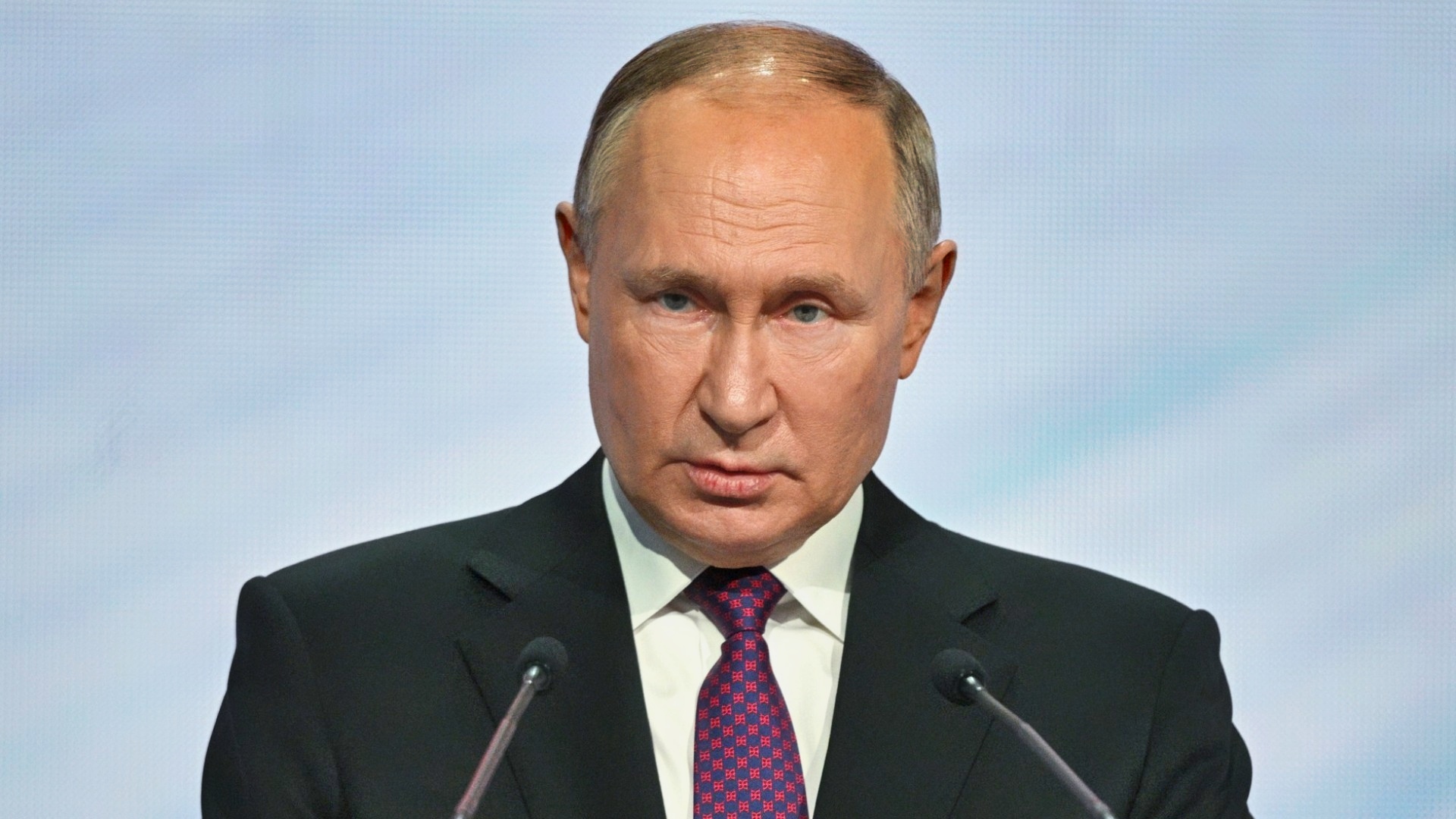Key Points and Summary – Ukraine has shifted to systematic, long-range strikes on Russia’s energy network—pipelines, refineries, and pumping stations—to throttle fuel supplies and revenue.
-Longer-range drones now hit hard-to-replace equipment, amplifying downtime under sanctions and contributing to record fuel prices and long lines inside Russia.
-Moscow is responding with fresh attacks on Ukrainian power infrastructure near Kyiv, causing localized outages.
-The contest has moved decisively to the energy domain: Ukraine seeks to sap the Kremlin’s war financing and logistics; Russia tries to darken Ukrainian cities and industry.
-Repair capacity, air defenses, sanctions bite, and strike tempo will determine who gains the edge before winter.
Pipelines to Refineries: Inside Ukriane’s Energy War on Russia
Key gas pipelines in Russia suffered three explosions early on Monday, which knocked out supply lines for military forces on the front lines, Kyiv Post reported, citing Ukrainian intelligence sources.
There were “at least four blasts” in the Zheleznodorozhny district of the town of Penza, which struck gas conduits with “a combined capacity of up to two million barrels per day.”
A separate strike took place in Russia’s Saratov region, where, per the Kyiv Post, “a powerful explosion hit the Kuibyshev–Lysychansk trunk oil pipeline in the Krasnoarmeysky district.”
It’s part of a continuing strategy by Ukraine in the war to target Russian energy infrastructure.
Striking the Lifeline
According to a report from the Center for European Policy Analysis (CEPA), Ukraine seems to have settled on a strategy of “highly focused attacks” on Russia’s oil and gas facilities, which are a key factor in Russia’s effort to fund the war.
“Ukraine has launched a bold and unprecedented aerial counteroffensive against Russia that targets its critical energy infrastructure,” the CEPA report by Sergiy Makogon said. “Unlike Russian aerial barrages, this is not designed to strike civilian and dual-use energy production facilities; instead, it aims to throttle the Kremlin’s key income stream by blowing up refineries and pumping stations.”
Per the report, there’s been a shift in strategy from 2024, when Ukraine was striking at oil storage tanks, to today, when Ukraine is using longer-range drones to attack things that are harder to replace, like refinery equipment. Such facilities often require replacement parts that are affected by sanctions, and therefore, hard to replace.
“The attacks have produced some spectacular images (see here and here) and some serious results — not least, in long queues at filling stations. The effects are already serious but could become critical if Kyiv is able to maintain its strike rhythm,” the CEPA report said.
And that’s been a significant change from the Ukrainian side of the war: The ability to strike much deeper in Russian territory.
“Ukraine has struck deep inside Russian territory, targeting 10 major refineries as well as oil infrastructure hundreds of kilometers from the front line,” CEPA said. “Many of these targets have been struck more than once. The attacks have exposed vulnerabilities in Russia’s critical energy sector, showcased Ukraine’s rapidly advancing strike capabilities, and rattled the Russian economy.”
Indeed, the Moscow Times reported last week that Russia’s gas prices had reached record highs, after a series of drone strikes knocked several oil refineries offline. Three major refineries were knocked offline in the first half of August.
Vladimir Putin even addressed the gas shortages on September 4, during his speech at the Eastern Economic Forum in Vladivostok. However, he did not attribute the shortage to anything in particular, although he did reference Russia’s coal reserves, which he said “will last for almost a thousand years.”
Russia Strikes Back Against Ukraine
Russia, however, has been able to strike Ukraine’s energy infrastructure as well. Per Reuters, Russia struck a thermal power generation facility near Kyiv on September 8. This led, the report said, to “localised blackouts and gas outages.”
“The goal is obvious: to cause even more hardship to the peaceful population of Ukraine, to leave Ukrainian homes, hospitals, kindergartens, and schools without light and heat,” Ukraine’s Energy Ministry said on Telegram. Ukraine’s grid operator stated that they would have power back on by Monday morning.
“For several weeks now, the enemy has been striking energy system facilities in various regions,” Serhiy Kovalenko, CEO of Ukrainian energy company Yasno, wrote on X, as cited by Reuters. “Of course, no one knows what will happen this autumn, but given the recent strikes, there is no particular cause for optimism.”
About the Author: Stephen Silver
Stephen Silver is an award-winning journalist, essayist, and film critic, and contributor to the Philadelphia Inquirer, the Jewish Telegraphic Agency, Broad Street Review, and Splice Today. The co-founder of the Philadelphia Film Critics Circle, Stephen lives in suburban Philadelphia with his wife and two sons. For over a decade, Stephen has authored thousands of articles that focus on politics, national security, technology, and the economy. Follow him on X (formerly Twitter) at @StephenSilver, and subscribe to his Substack newsletter.
More Military
Seawolf-Class: The Best Submarine Ever?
The Royal Navy Has a Destroyer Stuck in Port for 3,000 Days
America Is the King of Stealth Fighters
China’s J-20 Mighty Dragon Stealth Fighter Has Just 1 Mission











Jim
September 10, 2025 at 1:44 pm
Hope springs eternal.
Yes, there have been strikes on oil refineries and so forth, but as a percentage of total refined products, the decrease in somewhere around the 17% range, and while troublesome is not “choking” off Russia’s petroleum industry as much as the author would hope.
And, by most accounts Russia is adept at repairing damage and getting refineries back on-line and producing finished products for domestic use, foreign sales, or military uses in the Special Military Operation.
And, the incessant pounding Kiev is taking in the energy sector and beyond is taking its toll.
It’s looking like a cold Winter for Kiev’s leadership and the walls are closing in.
The sands are draining from the hourglass and time is running out.